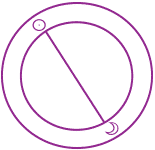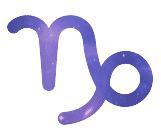Your Ultimate Guide to Astrology
Astrology is the exciting study of the stars and how they affect the Universe and us.
While the information can get quite in-depth and specific, astrology can also be enjoyed and used as a daily guide at a basic level where the knowledge of your chart, your horoscope, and destiny are within your reach.
We’ll overview the basics and help you begin your journey in understanding the stars and planets that rule us.
Most people know what their zodiac sign is. Also known as your Sun sign, astrology sign, or star sign, this is determined by the location of the Sun at the time you were born.
The zodiac wheel takes us from the first astrological sign of Aries to the twelfth and final zodiac sign of Pisces. It determines the more delicate intricacies of your birth chart. Your chart is formed by where the planets were at the date, time, and place of your birth, meaning that there are specific signs, houses, polarities, and aspects of the zodiac to explore.
But why is the Sun crucial regarding your zodiac sign and birth chart? Why is the Sun often the main focus in astrology? Well, there’s a good reason.
Just as the Sun and the Moon help life on Earth, their position in your astrology chart will also help you understand how to make the most of your life.
Beyond this, your astrological chart allows you to dig into your personality through your Primal Triad:
- Your Sun sign (personality)
- Your Moon sign (emotions)
- Your Rising sign/Ascendant (outward appearance)
Planets in Your Birth Chart
You can dig even deeper with your inner and outer planet placements:
- Mercury (communication)
- Venus (love)
- Mars (ambition)
- Jupiter (growth)
- Saturn (responsibility)
- Uranus (change)
- Neptune (dreams)
- Pluto (transformation)
The planetary positions in your birth chart show what you excel at and need to work on and help you find out where you are going in this life.
Your chart will have specific zodiac placements for all the planets and astrological houses.
Learn About Sun signs | Learn About Houses | Learn About Aspects
Your Zodiac Sign
There are 12 signs of the zodiac. Each one takes up 30 degrees in your birth chart, making a complete 360-degree circle (30 degrees x 12 signs = 360 degrees). Every astrological sign has a specific set of qualities, both positive and negative.
Below are some of the key traits for each sign of each zodiac sign.
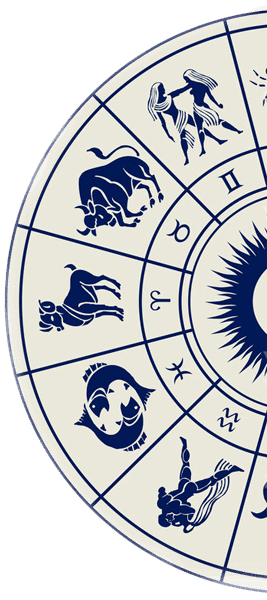
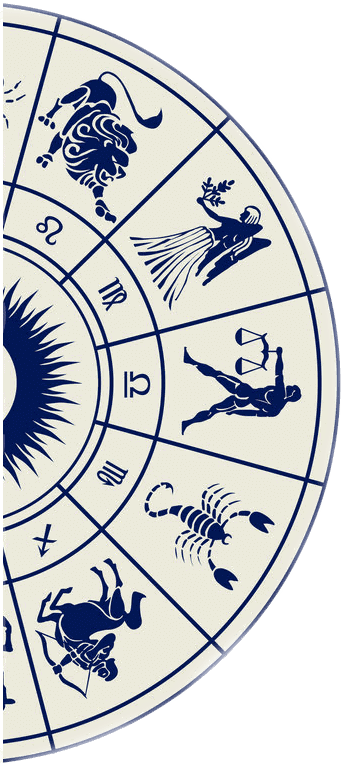
The Astrology Houses
12 houses appear in a birth chart, counting counterclockwise from the cusp of the 1st house. The houses depend on the rotational movement of the Earth, so they rely heavily on your time, date, and place of birth.
Each house is associated with a zodiac sign and a theme that comes into play in your life. You can decipher meaning from which planets end up in which house and where these houses appear in your chart.
Houses affect everything!
For example, the houses are to blame if you’ve ever met someone with the same zodiac sign and felt like you didn’t have much in common. The house where your Sun falls and what aspects it makes combine to make you who you are.
Astrology House Cheat Sheet
Astrological Aspects
Next in understanding your chart are the aspects.
Aspects are descriptive categories that explain the distance between two planets in two or similar zodiac signs. The planets make aspects—geometrical angles—to other planets in your birth chart, representing different energies in your life and the Universe at the time of this occurrence.
There are two kinds of aspects:
- Easy aspects
- Challenging aspects
You might think that the easy aspects are always positive, but it doesn’t work like that. A conjunction (where two planets are within a few degrees of the same space in your birth chart) is considered an easy aspect, yet it can get complicated if one planet’s energy is competing with the other.
Similarly, you might think that an opposition is a challenging aspect, but some planets need opposition to bring out their best qualities.
Don’t worry if it gets complicated; there’s much to take in. Just remember that planets have their own energies, which are influenced by the zodiac signs and the house they occupy.

Conjunction
A conjunction aspect is when two planets are next to each other in the same zodiac sign. Depending on the planets in conjunction, this can bring on either high-energy action or stubborn, challenging energy.
Most often, the planets are in the same sign but at different degrees, but when two planets are in the same degree, we see super conjunctions with highly energetic and focused energies.
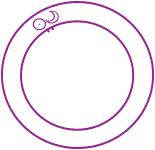

Sextile
A sextile aspect is when two planets are 60 degrees from each other. It’s an easy aspect and usually indicates the potential for the planets’ energies to work together and communicate well.
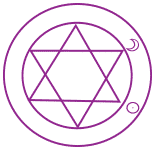

Square
A square aspect is where the placement of two planets makes a 90-degree angle between them. Similar to “squaring off” with someone in real life, this aspect is challenging and usually indicates tension.
That doesn’t have to be bad, though, because it can force you out of your comfort zone.
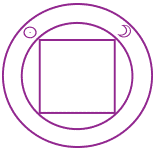

Trine
A trine aspect is usually where two planets make a 120-degree angle between them. It is also possible to have a grand trine that is made up of three planets that are all 120 degrees apart and form a triangle to each other.
It’s a comforting aspect, with the two (or more) planets involved working in harmony to bring out the best in each other. Because this aspect is so easy-going, it’s potential is sometimes overlooked.
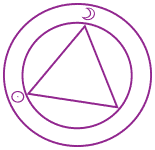

Inconjunct
An inconjunct aspect (sometimes known as a quincunx aspect) is formed when two planets are roughly 150 degrees apart. This aspect has an orb of 2 degrees that allows planets to be between 148 degrees and 152 degrees to function in this complicated comparison.
It’s probably the most challenging aspect because the two will have nothing in common. The only way to deal with this aspect is to work on understanding the difficulties it brings and then integrate the solution into your life.


Opposition
An opposition aspect is where two planets are completely opposite each other, or 180 degrees apart. This can either be two planets in transit or one planet transiting and opposing a slower-moving planet.
Although it’s considered a trying aspect, it can reveal a lot about your life’s lessons and what you need to work on. It reveals your karmic blueprint and mirrors your uncertainties back to you, so you can deal with them and rise above the challenge.
